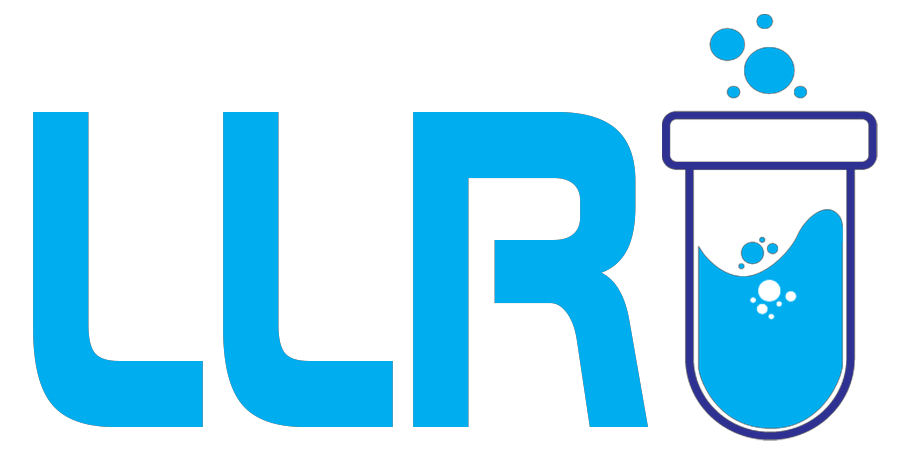Did you know in the healthcare sector medical scribes and medical assistants play crucial behind-the-scenes roles to ensure smooth operations? There is a growing demand for these two roles, but there is often confusion about their differences. If you’re planning a career in the medical sector and curious to know about medical scribes and medical assistants, then you’ve hit the right blog.
Medical Scribe vs Medical Assistant
While both medical scribes and medical assistants are essential people in the healthcare sector, their roles differ significantly.
Medical scribes focus primarily on documentation and are often found in settings where comprehensive and accurate record-keeping is a must, such as specialty clinics and busy hospitals.
On the other hand, medical assistants thrive in environments where versatility is key, like general practitioner clinics and smaller healthcare facilities.
What Is The Role of A Medical Scribe?
A medical scribe acts as a silent guardian in the healthcare field. Their primary role is to assist healthcare professionals, mainly doctors, by documenting patient encounters.
Their responsibilities include recording patient histories, symptoms, and treatment plans in real-time during appointments. This meticulous documentation ensures accurate and organized patient records, reducing the burden on doctors and allowing them to focus on direct patient care.
A certified medical expert has an in-depth knowledge of medical terminology and understanding of documentation protocols and mastered the art of efficient multitasking. While formal education is not mandatory, a strong grasp of language and the ability to work in a fast-paced environment are essential to becoming an efficient medical scribe.

What Is The Role of A Medical Assistant?
Medical assistants are the multitasking heroes of clinics and hospitals. These professionals wear many hats, performing both administrative and clinical tasks.
Their responsibilities include scheduling appointments, managing patient records, handling billing, assisting in basic medical procedures, taking vital signs, and preparing patients for examinations.
A certified medical assistant in India undergoes formal training that covers aspects like medical office procedures, anatomy, and basic clinical skills. Some opt for certification programs, while others learn through on-the-job training. The job of a medical assistant is quite versatile making them invaluable, contributing significantly to the efficiency of healthcare settings.
How Do They Impact Patient Care?
Both medical scribes and medical assistants indirectly contribute to high-quality patient care.
Medical scribes ensure that patient information is accurately recorded, allowing doctors to make well-informed decisions based on complete data. This accuracy is vital for patient safety, continuity of care, and best outcomes.
Medical assistants on the other hand take on a wide range of responsibilities helping streamline medical processes, reduce wait times, and ensure that healthcare providers can focus on direct patient care. Their ability to juggle administrative tasks and clinical support makes them instrumental in creating a patient-friendly environment.
What Are the Education Requirements?
Certainly! To become a medical scribe, a high school diploma is typically the minimum requirement, although candidates with some college coursework are often preferred by employers. Many scribing programs necessitate applicants to successfully pass a basic skills test and undergo a comprehensive background check. Additionally, some programs may mandate candidates to engage in a shadowing experience with an experienced medical scribe before acceptance. This succinct overview encapsulates the key steps and qualifications involved in the pursuit of a career as a medical scribe.
Certainly! Aspiring medical assistants typically need a high school diploma or its equivalent. However, many positions in this field often require the completion of a specialized medical assisting training program and successfully passing a certification exam, such as the Certified Medical Assistant (CMA) exam offered by the American Association of Medical Assistants (AAMA).
Becoming a medical assistant is an attractive option for those looking to kickstart their careers swiftly. Many medical assistant programs are thoughtfully designed to be completed in a year or less, providing an expedited pathway into the healthcare industry. This feature makes it particularly appealing for individuals who may face constraints in committing to several years of higher education.
Work Environment
Certainly! Medical scribes and medical assistants are integral to diverse healthcare settings, such as hospitals, clinics, private practices, and nursing homes. Medical scribes frequently collaborate with physicians who travel to different locations or offer emergency care. Additionally, they may provide support to doctors managing their own private practices, ensuring seamless documentation and record-keeping to enhance the overall efficiency of patient care. This adaptability underscores the vital roles both medical scribes and medical assistants play across a range of healthcare environments.
Medical assistants are commonly found in doctor’s offices and hospital settings, where they fulfill a range of clinical and administrative duties. Some medical assistants opt for specialization in specific areas of medicine, like radiology or surgery, honing their skills to contribute expertise in those specialized fields. This ability to specialize allows medical assistants to make focused and valuable contributions to patient care within their chosen medical disciplines.
Conclusion
While both medical scribes and medical assistants contribute significantly to healthcare in India, their roles are distinct and complementary. Understanding the unique contributions of these roles is vital for aspiring individuals considering a career in healthcare. By acknowledging the nuances of these roles, aspiring healthcare professionals can make informed career choices and contribute to a healthcare sector characterized by optimal efficiency, precision, and empathetic patient care.

